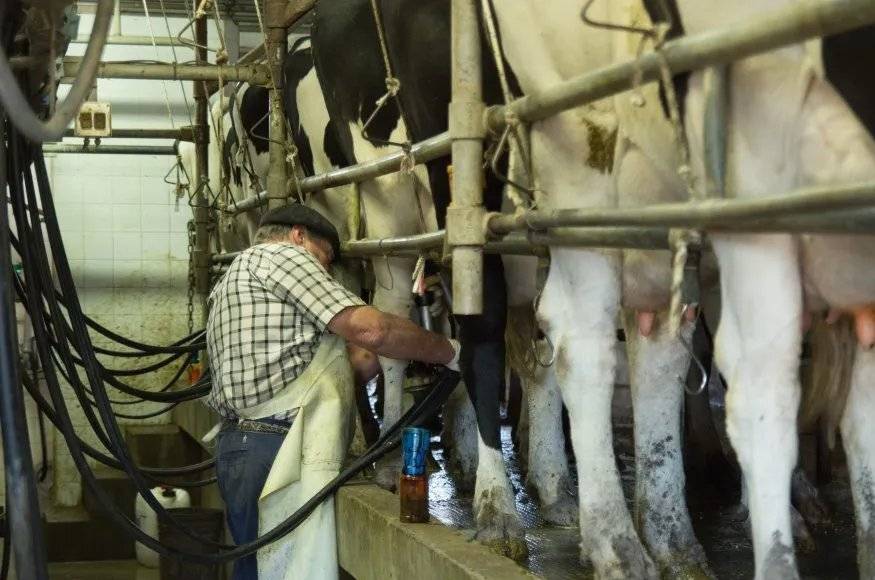- CatalogTop
Full catalog list - Food & BeveragePopular
Popular packed food and beverages
- Beauty & Self Care
Beauty and personal self-care products - Home & Garden
Home and garden supplies and accessories - Board Games
Most popular board games from Latin America - BrandsAll brands
Full list of all brands in the store. Browse all brands - IndustriesNew!
Filter products by desired business category - Services
See all services - See All Products
See full list of all products - Companies
Companies list
Argentinian Scientists Discover How to Develop Milk that Doesn't Cause Digestive Disorders

It is known that cow's milk causes digestive disorders in some people. Until recently it was known that the disturbances were caused mainly by the presence of lactose, one of the sugars in milk. More recent studies show that the content of beta casein A1, a protein present in the product, also has a negative influence.
Both factors are considered by some milk processing companies, which see opportunities in offering products that do not contain both substances and therefore allow easier digestion. There is also an opportunity for dairy farmers, since they can select cows that produce milk preferred by the mills, for which they pay a premium.
After the development of lactose-free milk, in recent years studies have been carried out that have allowed the development of a product that does not contain beta casein A1, another substance that causes digestive problems. It is A2A2 milk, an acronym that means that the milk contains beta-casein A2 instead of A1.
It is a milk from naturally selected cows, without additives or industrial technological processes. It is obtained by genetic selection of females in milking and with the use of bulls that have genes with similar characteristics.
To learn more about the process, it must be said that fluid milk contains approximately 87% water and 13% solids. These are composed of lactose, fat, minerals and proteins. Milk proteins are of various types, with casein being the most abundant in cow's milk. Within the latter, beta casein is one of the most important.
Holland cows normally carry the beta casein genes in varying proportions. They can be A1A1, A1A2 or A2A2. A2A2 milk is the one that only contains the A2 variant of beta casein in its protein composition.
“To get to a herd of cows with only A2A2, the first thing to do is use only bulls or tested semen that are A2A2,” he advises. This step is essential, but by itself it would not be enough and it is time consuming. If only A2A2 bulls were used, the A1 beta casein level would only halve with each new generation of cows. It means that if the starting point is an average herd with 50% beta casein A1 cattle and 50% beta casein A2 cattle, then after one generation of cows the A1 will drop to around 25%. And after another generation it will decrease to around 12.5%. The objective will be reached, but the process will be very slow.
So what else can be done? According to the expert, first, test all the cows in the herd for A2A2 and keep only calves that are daughters of A2A2 cows. Obviously, non-A2A2 cows will have to be culled.
© 2017 - 2024, Directoro.com, or its affiliates. Trademarks are the property of their respective owners.

